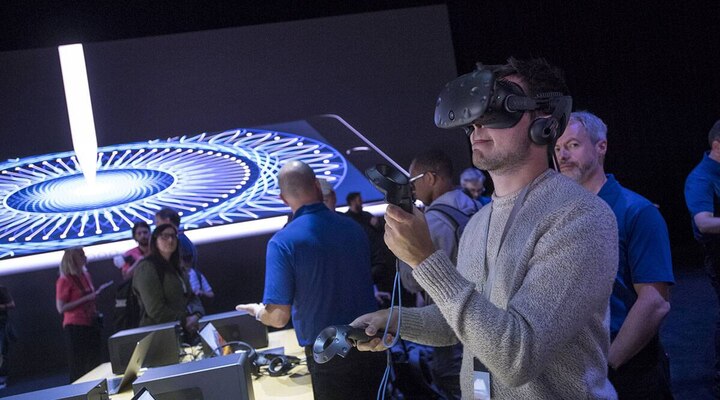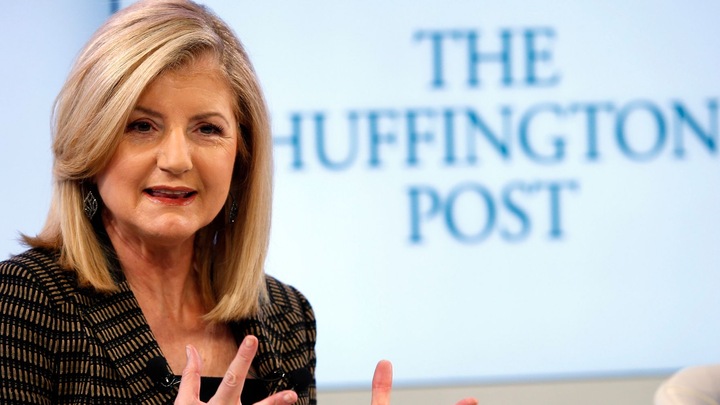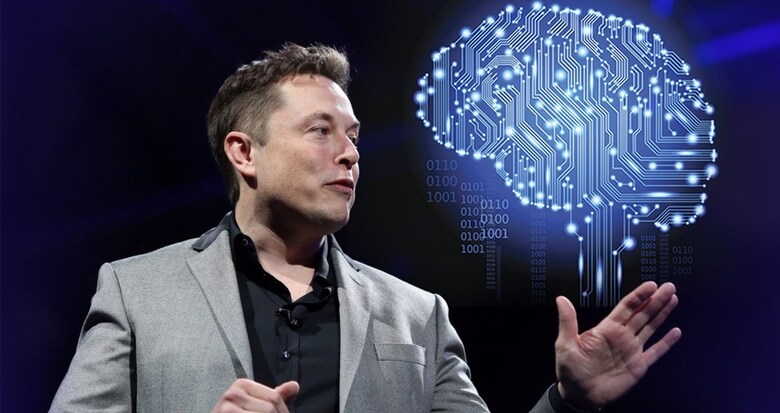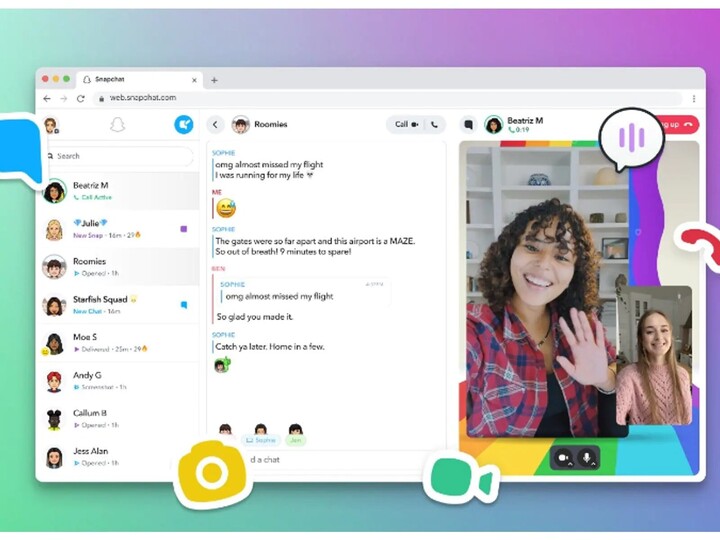What is the ChatGPT, which has taken the internet by storm?
The capability of ChatGPT to produce human-like responses has attracted a lot of attention.
On Wednesday, the AI research firm OpenAI unveiled ChatGPT, a dialogue-based prototype chatbot that can comprehend and reply to real language. In much less than a week, it has already surpassed a million members and has subsequently gained popularity over the internet.
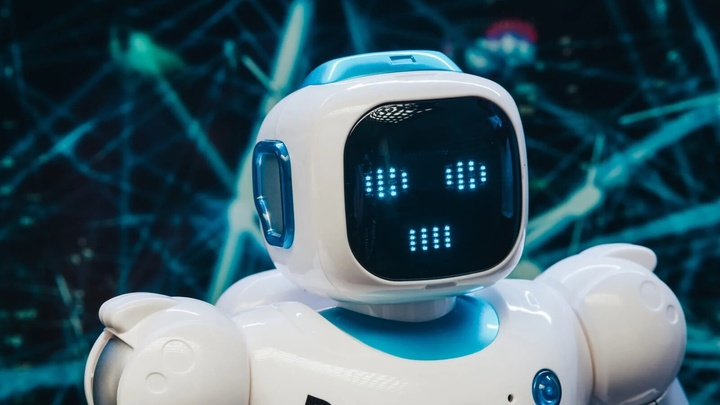
The majority of users are in awe of the AI-powered bot’s impressive vocal intelligence. Since it may provide straightforward solutions to complicated problems, it has even been referred to as a Google alternative by certain users.
It is a smart chatbot that has conversational interactions. According to OpenAI, the dialogue style enables ChatGPT to respond to follow-up queries, acknowledge its errors, refute false premises, and reject unsuitable requests. It is claimed that it can respond to almost everything, including theoretical essays, mathematical solutions, and stories.
Read More: Is the Nintendo Switch Pro worth buying in 2023?
OpenAI noted, “We’ve trained a model called ChatGPT which interacts in a conversational way. The dialogue format makes it possible for ChatGPT to answer follow-up questions, admit its mistakes, challenge incorrect premises, and reject inappropriate requests.”
Based on the GPT-3.5 language model, ChatGPT generates text that resembles human speech using deep learning. ChatGPT is more interesting than the prior GPT-3 model, which just accepted text prompts and attempted to build on them with its own created text.
It produces detailed text far more effectively and can even produce poetry. Memory is yet another distinctive quality. The bot can recapitulate past remarks made in a chat to the user by recalling them.
But even while many individuals were astounded by the bot’s ability, some noticed a few limitations. Misinformation and prejudice are still common in ChatGPT, as they were in earlier iterations of GPT. For example, the model may provide incorrect solutions to algebraic problems.
However, some people may be duped into thinking things are genuine since it comes off as so certain in its incredibly thorough responses. Despite its drawbacks, ChatGPT is a delightful little bot to chat with. After registering for it on its official website, one can test it out.
A California-based business called OpenAI is well-known for its GPT-3 technology, which creates AI models that respond to text instructions. The company’s most recent DALL-E model, the second iteration, made headlines for its capacity to produce photorealistic graphics just by human input. Elon Musk, the CEO of Tesla Inc., and Sam Altman, the current CEO, along with other investors, co-founded OpenAI roughly seven years ago. But in 2018, Musk exited the company due to disagreements.
Technology for chatbots is by no means new. Many of these models, including from major behemoths like Microsoft and Meta, have been introduced with varying degrees of success. Microsoft’s AI chatbot “Tay” was made available on Twitter in 2016 under the handle @TayandYou. However, it was quickly pulled down after posting abusive, sexist, and racial comments. This year saw the debut of Meta’s Blender bot 3, which advanced the technology.

I am a law graduate from NLU Lucknow. I have a flair for creative writing and hence in my free time work as a freelance content writer.
